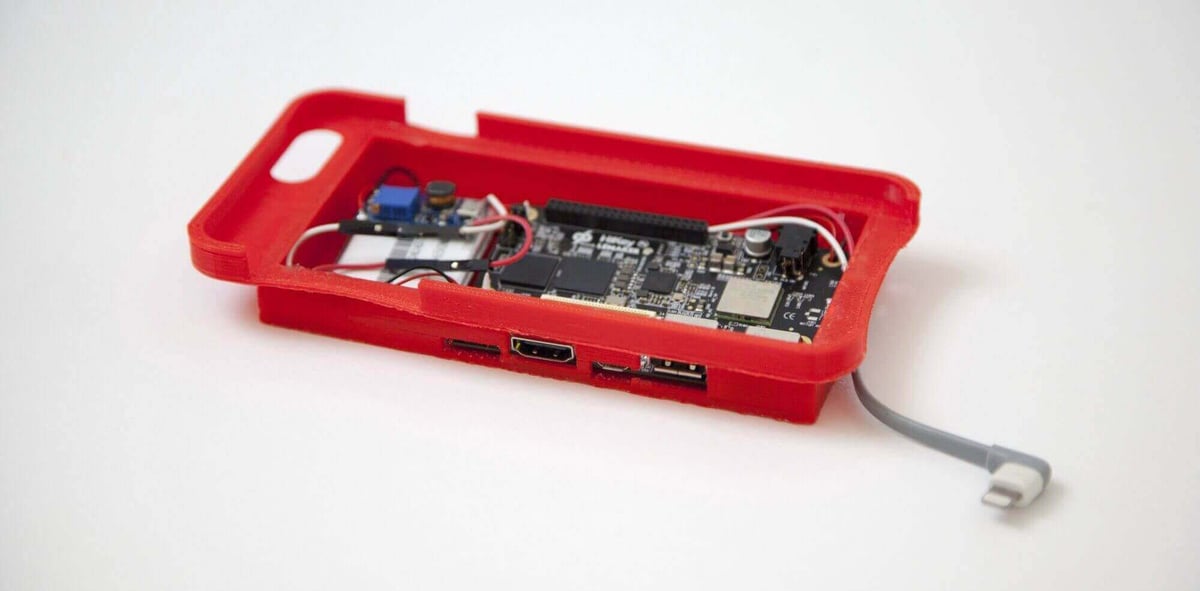Inventive developer Nick Lee has designed and 3D printed a smartphone case that allows determined techies to run Android on the iPhone.
Apple hardware and software is famously a closed system, but that hasn’t stopped other folks from conducting weird and wonderful experiments.
Developer Nick Lee first gained fame for loading the Windows 95 operating system onto his Apple Watch. Now he’s gone a step further, installing a fully operational version of Android on the iPhone.
And the magical bridge between these two fundamentally different technologies? Why, only a special 3D printed smartphone case.
Check it out in action in the video demo below:
Android on the iPhone. Whatever Next?
Lee documented his journey for Tendigi, a mobile design and development studio where he is the Chief Technology Officer (CTO).
He began by cloning the Android Open Source Project (AOSP) and compiling a custom version of Android Marshmallow that he could run on a board he bought himself.
Next, he found an iPhone enclosure on Thingiverse, and used SketchUp software to modify the design so that it could accommodate the board, a battery, a boost converter. But there was one small snag:
“Once the models were complete, the next challenge presented itself: actually printing the thing. After calling a few 3D print shops in the NYC area, it became clear to me that (at $50+ per print) this would quickly become an expensive proposition, given the trial-and-error process I anticipated. Seeing no viable alternative, I bit the bullet and purchased an XYZprinting da Vinci 2.0 Duo 3D printer.”
Initial prototypes were quite bulky, resembling a brick more than a smartphone, but over several iterations the design was slimmed down to something more like a standard smartphone battery case. He also added openings for the SD card, HDMI and USB ports.
In the video demonstration, Lee boots Android by way of a custom Tendigi app on the iPhone’s home screen. The whole process here took many days, Lee writes, and the result is a million miles from being practical. But it’s a fascinating demonstration of the lengths you have to go to make Apple hardware play nice with non-approved software.
For his next trick, we’d love it if Lee could install Ubuntu Linux onto an iPad. That would be *glorious*.

License: The text of "3D Printed Case to Run Android on the iPhone" by All3DP is licensed under a Creative Commons Attribution 4.0 International License.